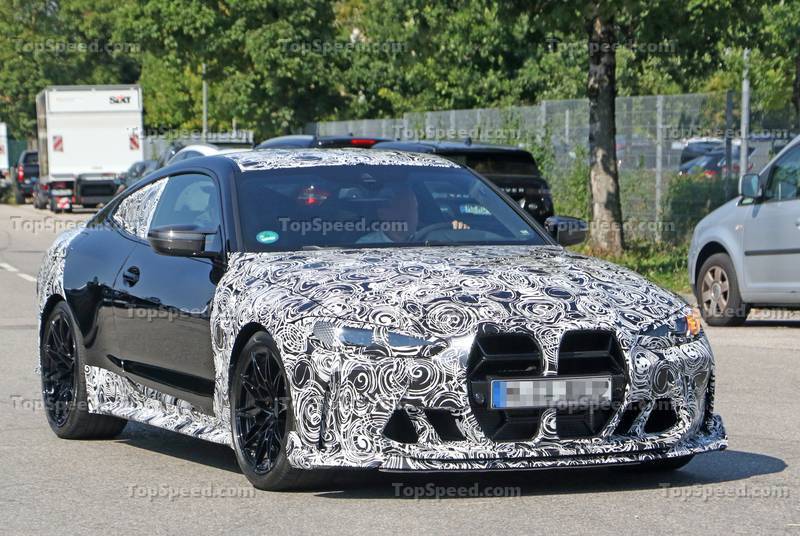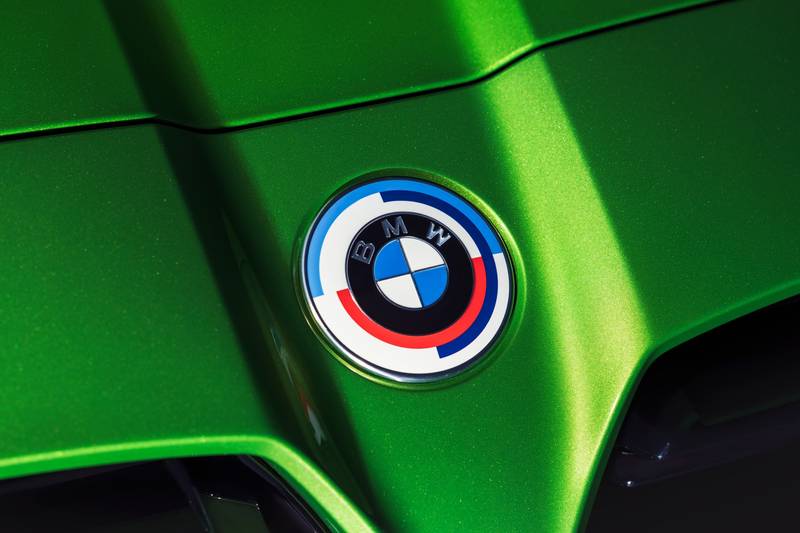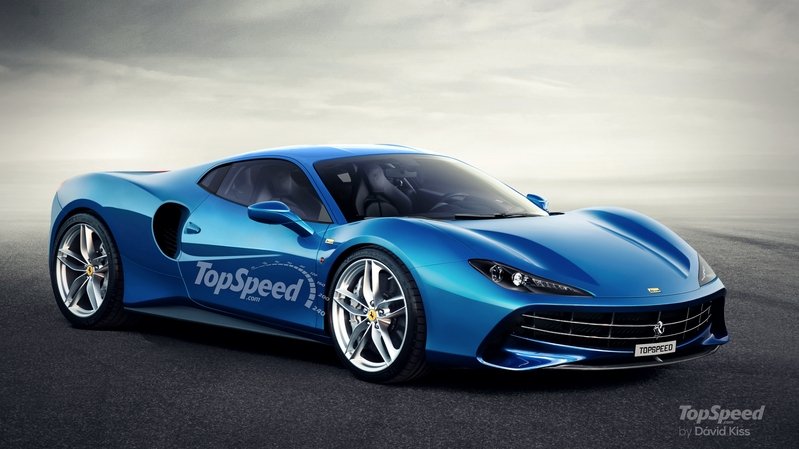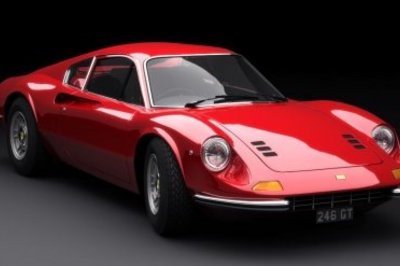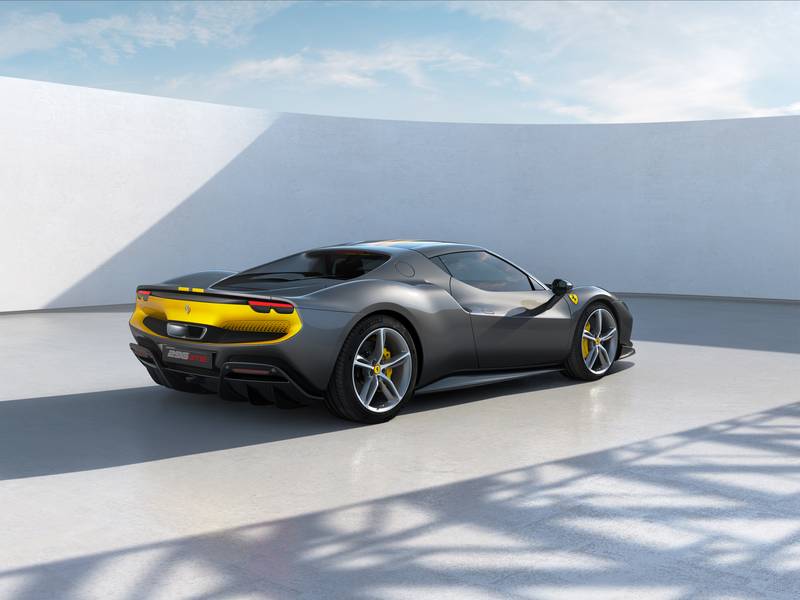<img data-attachment-id=”1773672″ data-permalink=”https://www.thetruthaboutcars.com/2021/09/vaccine-mandates-being-considered-by-auto-industry-uaw/covid-19vaccinationrecordcardsissuedbycdcunitedstatescenters/” data-orig-file=”http://gagetruck.com/wp-content/uploads/2021/09/vaccine-mandates-being-considered-by-auto-industry-uaw-5.jpg” data-orig-size=”1000,667″ data-comments-opened=”1″ data-image-meta=”{“aperture”:”0″,”credit”:”Shutterstock”,”camera”:””,”caption”:””,”created_timestamp”:”0″,”copyright”:”Copyright (c) 2021 Michael Vi\/Shutterstock. No use without permission.”,”focal_length”:”0″,”iso”:”0″,”shutter_speed”:”0″,”title”:”Covid-19,Vaccination,Record,Cards,Issued,By,Cdc,(united,States,Centers”,”orientation”:”1″}” data-image-title=”Covid-19,Vaccination,Record,Cards,Issued,By,Cdc,(united,States,Centers” data-image-description=”
Michael Vi/Shutterstock
” data-medium-file=”http://gagetruck.com/wp-content/uploads/2021/09/vaccine-mandates-being-considered-by-auto-industry-uaw-2.jpg” data-large-file=”http://gagetruck.com/wp-content/uploads/2021/09/vaccine-mandates-being-considered-by-auto-industry-uaw.jpg” class=”aligncenter size-large wp-image-1773672″ src=”http://gagetruck.com/wp-content/uploads/2021/09/vaccine-mandates-being-considered-by-auto-industry-uaw.jpg” alt width=”610″ height=”407″ srcset=”http://gagetruck.com/wp-content/uploads/2021/09/vaccine-mandates-being-considered-by-auto-industry-uaw.jpg 610w, http://gagetruck.com/wp-content/uploads/2021/09/vaccine-mandates-being-considered-by-auto-industry-uaw-1.jpg 75w, http://gagetruck.com/wp-content/uploads/2021/09/vaccine-mandates-being-considered-by-auto-industry-uaw-2.jpg 450w, http://gagetruck.com/wp-content/uploads/2021/09/vaccine-mandates-being-considered-by-auto-industry-uaw-3.jpg 768w, http://gagetruck.com/wp-content/uploads/2021/09/vaccine-mandates-being-considered-by-auto-industry-uaw-4.jpg 120w, http://gagetruck.com/wp-content/uploads/2021/09/vaccine-mandates-being-considered-by-auto-industry-uaw-5.jpg 1000w” sizes=”(max-width: 610px) 100vw, 610px”>
With the Biden administration having announced that it would start requiring companies to vaccinate employees, automakers and UAW are finding themselves in a sticky situation. Unions had previously said they wanted to hold off on endorsing or opposing mandatory vaccinations until after they discussed things with the industry and their own members. Considering Joe Biden said he wouldn’t make vaccines mandatory less than 10 months ago, employers are getting caught with their pants around the proverbial ankles.
Automakers had previously been surveying white-collar workers to see what they wanted to do while upping on-site COVID restrictions, but operating under the impression that any hard decisions were likely a long way off and left entirely to their discretion. Now the Department of Labor’s Occupational Safety and Health Administration is planning a new standard that requires all employers with 100 (or more) employees to guarantee their workforce is fully vaccinated or require any unvaccinated workers to produce a negative test result on a minimum weekly basis.
Employers that fail to implement the stated requirements could face fines of nearly $14,000 per violation, according to the White House, with penalties also doubling for those who refuse to wear masks during interstate travel. Those are potentially steep fees when you’re employees number in the thousands. Union officials have said they’re considering the matter without committing to more than absolutely necessary — though the UAW officially opposed vaccine requirements in the past.
From UAW President Ray Curry:
“The UAW has and continues to strongly encourage all members and their families to be vaccinated unless there is specific health or religious concerns. We know that this is the best way to protect our members, coworkers and their families.
We are reviewing the details of yesterday’s announcements and the impact on our members and our over 700 employer contracts.
In the meantime, we continue our member commitment to practice safety in every one of our worksites by following protocols including masks, sanitizing and reporting any exposure or symptoms of the virus. At the UAW we all understand that fighting this pandemic and protecting our families is key to our survival.”
Assuming the union ultimately decides to endorse the vaccine decree, it’s likely going to be fracturing its membership. While I am hardly against vaccinations, I strongly support informed consent and speaking candidly about this has resulted in autoworkers frequently confessing they’re similarly opposed to forced vaccinations. Many have said they would immediately quit their jobs, matching a recent Washington Post poll claiming 70 percent of unvaccinated workers would simply abandon their positions if vaccine mandates are instituted. It’s my assumption that the industry will have a sudden, catastrophic staffing shortage were it to move forward with the Biden plan.
Automakers have been similarly noncommittal, with manufacturers (including Ford, GM, Stellantis, Honda, and Toyota) stating they encourage staff to get vaccinated and want to adhere to all government-issued health protocols. But they typically steer clear of addressing the Biden plan directly, possibly indicating some hesitancy. That said, it hasn’t even been a full day since the vaccine mandate was announced and their HR and legal departments are probably wringing their hands as they ponder upon what’s to be done and the fallout it might create.
Every statement automakers have been willing to make thus far can be paraphrased into “hold on … we’ve got to think about this,” followed by a paragraph about how they believe in vaccinations and want to adhere to recommendations coming from the relevant health experts. Conversely, very little has been said about the rights or preferences of their employees.
I’m not going to beat around this bush. The entire premise of these mandates seems insane to me, bordering on wicked. As an American, I always thought the whole premise of the country was predicated upon the shared belief that personal liberties and freedom of choice trump everything else. But that doesn’t seem to be what’s coming down from the top anymore. The rhetoric being used by Joe Biden is egregiously confrontational, including statements like “we’ve been patient, but our patience is wearing thin” as he made sweeping assertions about how the unvaccinated are stifling national unity and progress. He also confusingly stated that vaccinated workers need to be “protected” from the unvaccinated.
Assuming vaccines are effective, shouldn’t it be the other way round? What exactly are we shielding people from when new strains continue to manifest, can still be spread amongst the vaccinated, and the shots we currently have are targeting older COVID variants that have lost steam?
The economic and social stress this is likely to place upon the industry and country as a whole will be nothing short of monumental. Protests have been erupting across the globe all summer. Truckers have started organizing in numerous countries and have refused to deliver to areas imposing strict COVID rules, exacerbating food shortages in urban areas. In the United States, the same was true for cities that opted to defund police departments. Now they’re starting to talk about strikes focused on vaccine and mask mandates while they’re already experiencing a severe shortage of drivers. Imagine if that spills over to an automotive sector that’s already been beleaguered by the semiconductor shortage, their suppliers, and every other industry you rely on.
[Image: Michael Vi/Shutterstock]
Become a TTAC insider. Get the latest news, features, TTAC takes, and everything else that gets to the truth about cars first by subscribing to our newsletter.
Related
For GREAT deals on a new or used Nissan check out Nissan of Queens TODAY!
